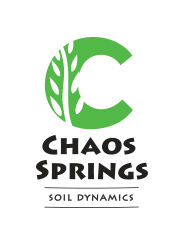Regenerative Agriculture
Regenerative Agriculture is taking the world by a storm, but what is this new wave of farming practice? Many people believe that this is a new way of farming, but Robert Rodale of the Rodale Institute coined the term Regenerative Agriculture in the early 1980’s. It came as an outgrowth of the Organic Movement as Robert realized that the current organic practices were only maintaining an already deficient agricultural system. He was really the one responsible for adding in several layers of practices that started the movement we know today. We should remember to give credit where it is due and not to the people who have twisted it to fit in with conventional farming. Here is the common definition of Regenerative Agriculture:
Regenerative Agriculture is a system of farming principles and practices that increases biodiversity, enriches soils, improves watersheds, and enhances ecosystem services. Regenerative Agriculture aims to capture carbon in soil and above ground biomass, reversing current global trends of atmospheric accumulation.
Rodale put forth the following practices to achieve this and now has an Organic - Regenerative Certification process to provide farmers with a pathway to successful regenerative practices. Here is the concept of The Three Pillars:
SOIL HEALTH
Builds Soil Organic Matter
Conservation Tillage
Cover Crops
Crop Rotations
No GMOs or Gene Editing
No Soilless Systems
No Synthetic Inputs
Promotes Biodiversity
ANIMAL WELFARE
Five Freedoms (from discomfort; fear & distress; hunger; pain, injury or disease; freedom to express normal behavior)
Grass-Fed / Pasture-Raised
Limited Transport
No CAFOs (concentrated animal feeding operation)
Suitable Shelter
SOCIAL FAIRNESS
Capacity Building
Democratic Organizations
Fair Payments for Farmers
Freedom of Association
Good Working Conditions
Living Wages
Long Term Commitments
No Forced Labor
Transparency and Accountability

